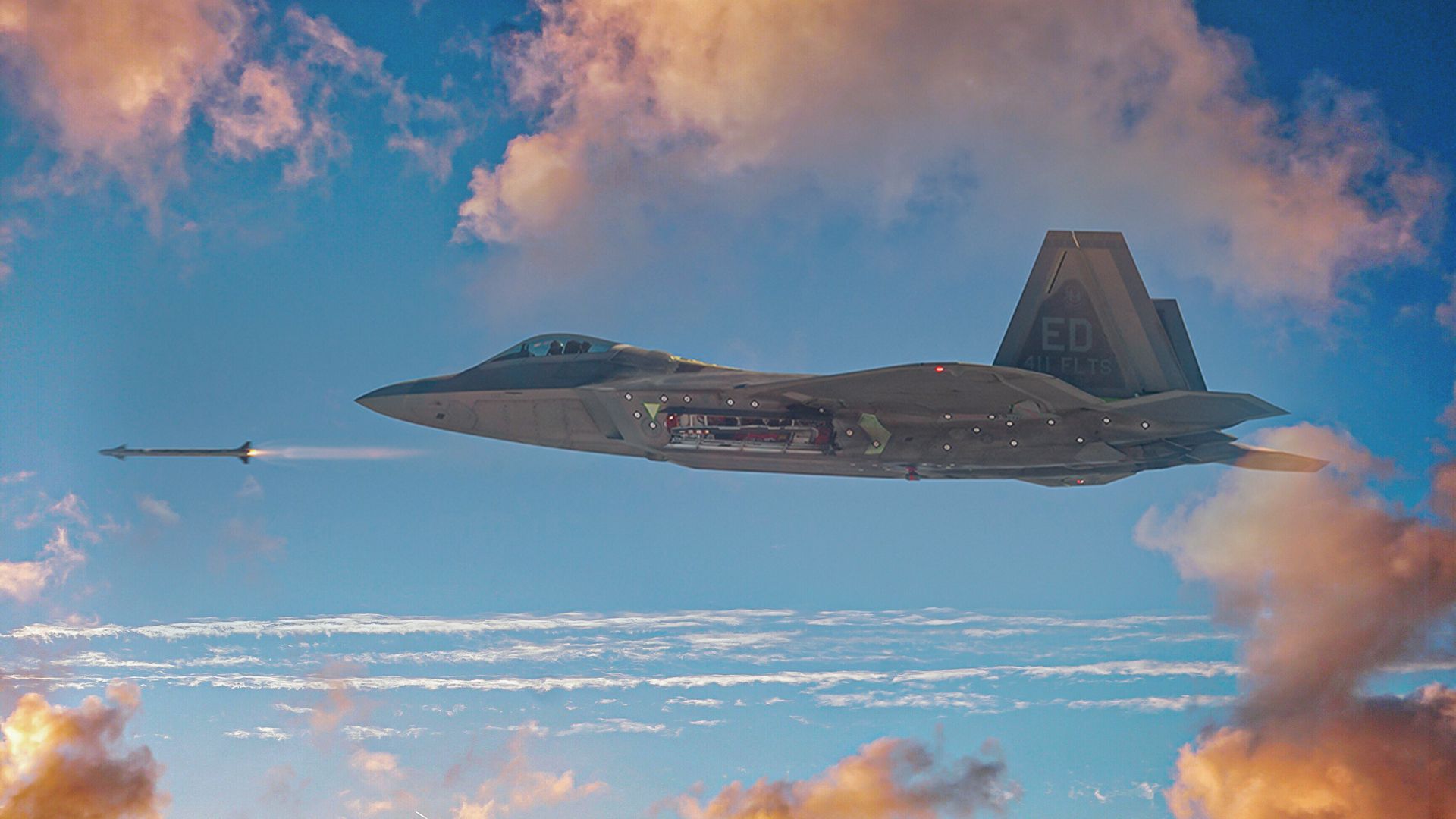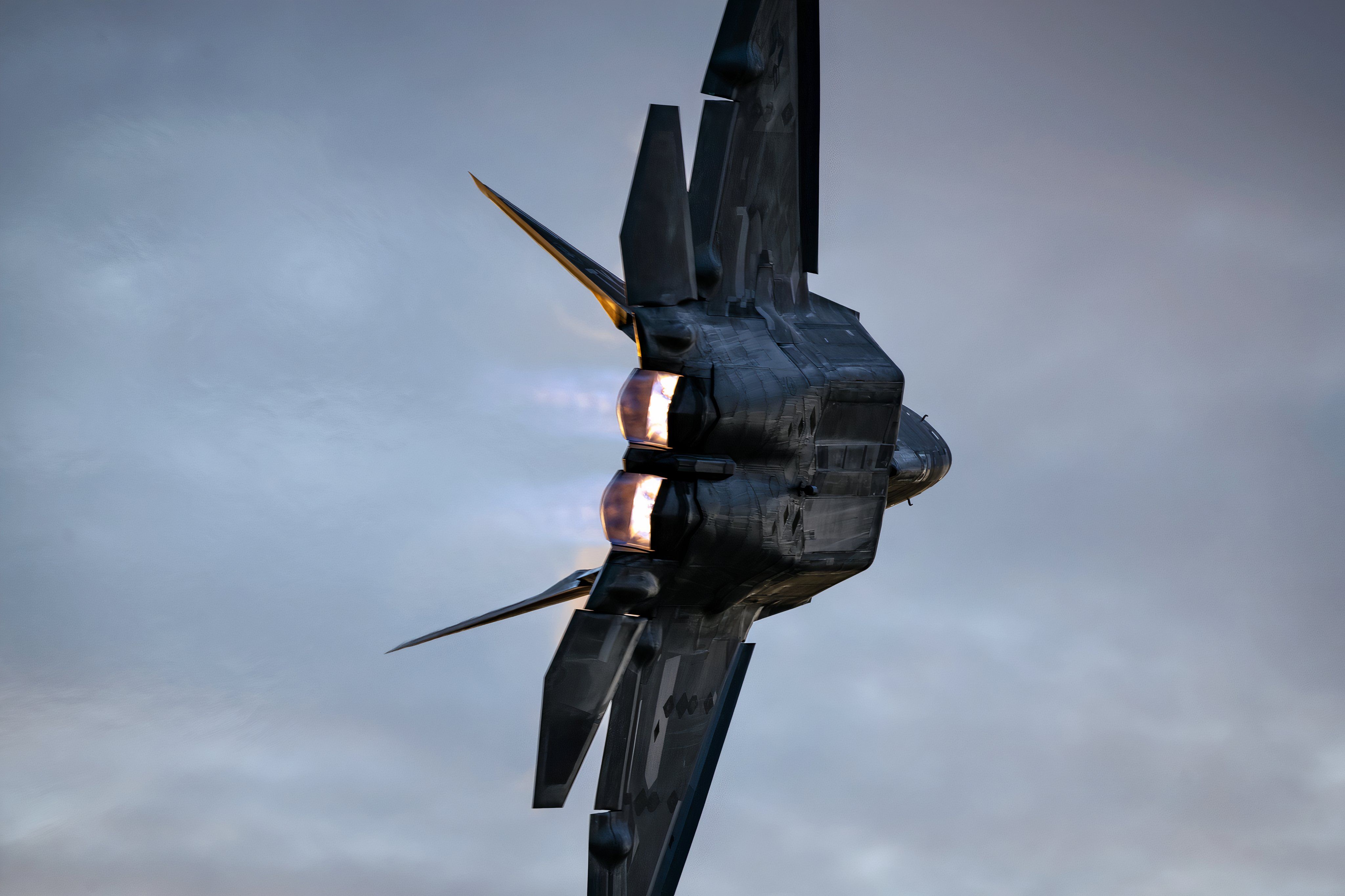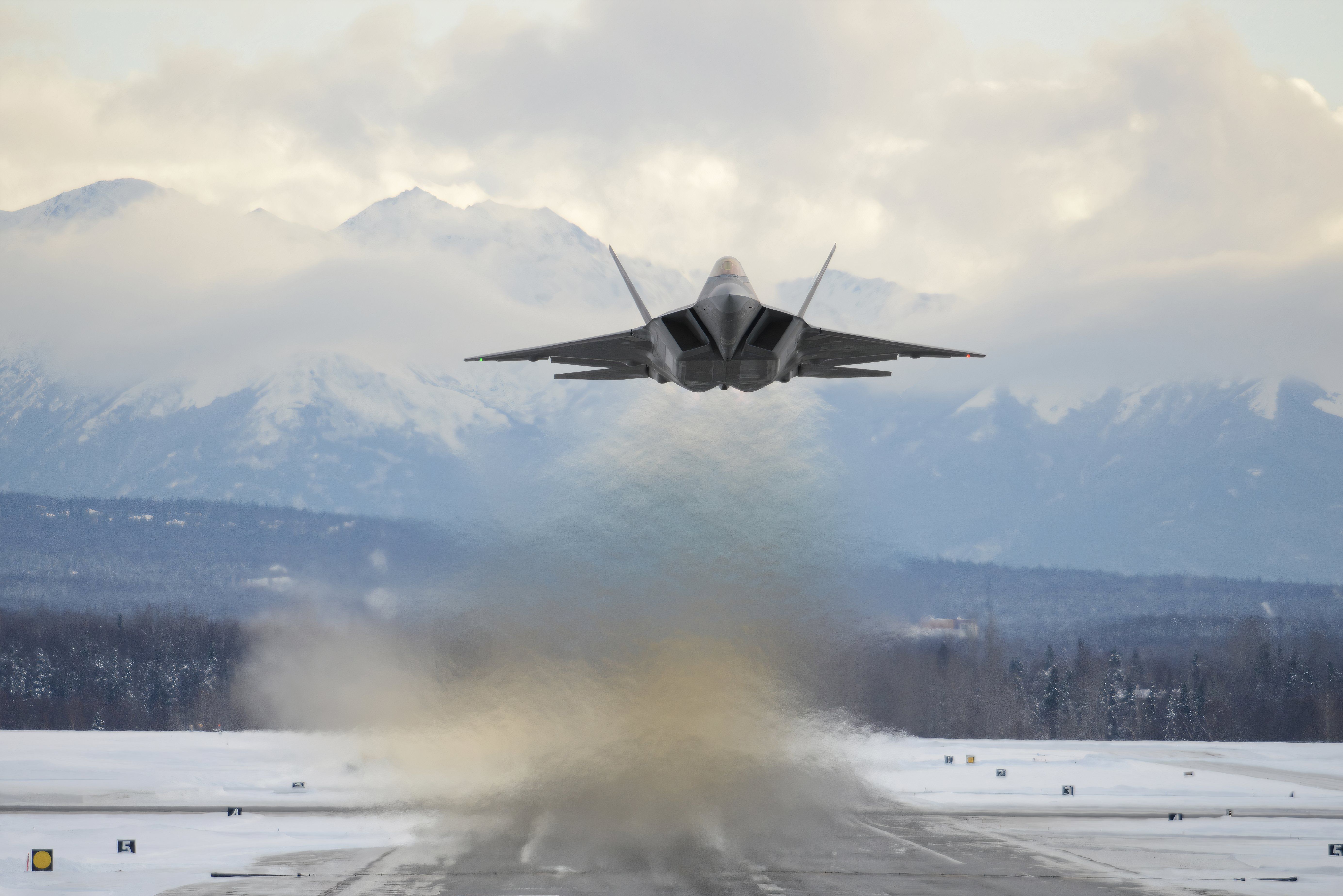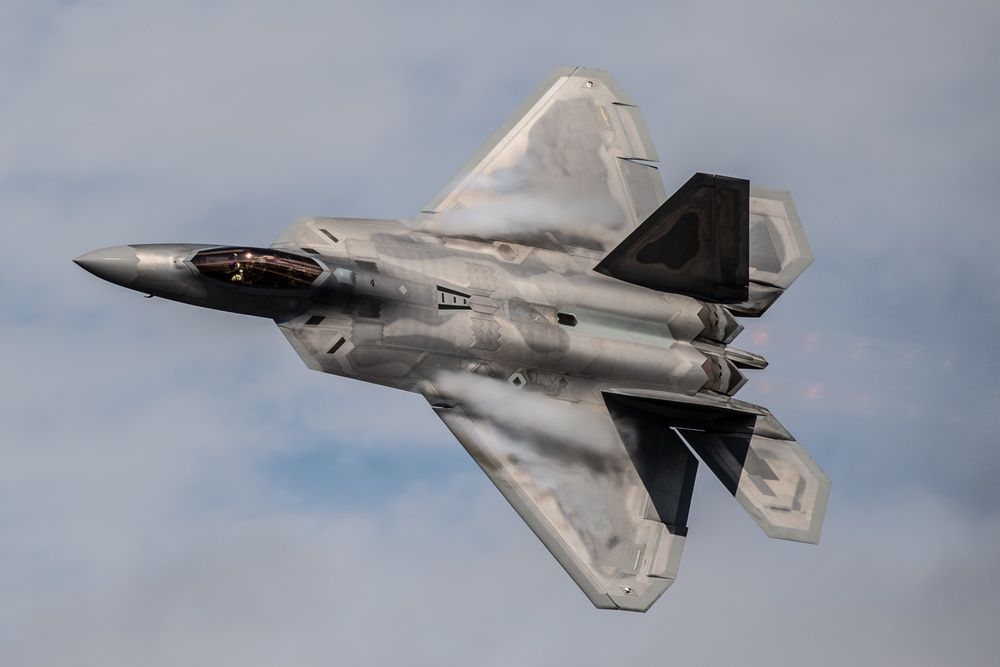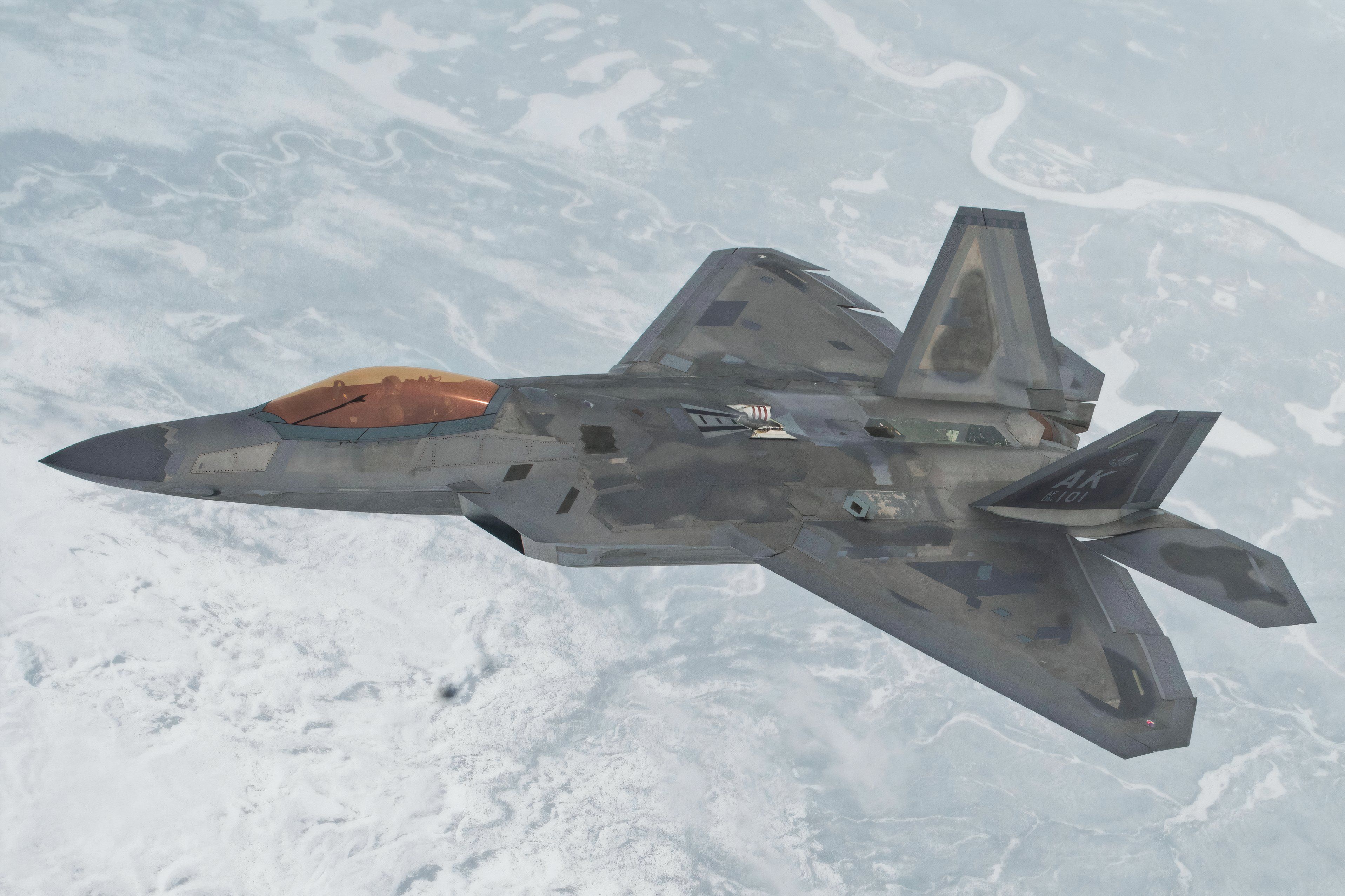Summary
- Older Block 20 F-22 Raptors are not combat-ready or suitable for high-intensity combat.
- Air Force wants to divest these F-22s to focus on building advanced NGAD by 2030.
- Congress disagrees and fears an intermediary capability gap if the F-22s are retired.
The US Air Force has asked to divest and retire around 250 aircraft for Fiscal Year 2025. This includes many A-10 Warthogs, F-16s, and F-15s. But notably, the Air Force has once again asked to divest 32 Block 20 F-22 Raptors. However, once again, Congress has moved to prohibit the Air Force from retiring dozens of the most advanced fifth-generation fighter jets. Now, the question is, what will happen to the Air Force’s unwanted Block 20 Raptors?
Older, less capable Block 20 F-22 Raptors
The F-22 achieved its initial operating capability in December 2005, and today, the US Air Force has a total inventory of around 183 aircraft. Of these, 33 or 32 are older Block 20 F-22 Raptors jets used mostly for training. They are currently not combat-capable. Of course, the Air Force could make them combat-capable, but that would cost many millions of dollars per aircraft. They are now in their third decade meaning that while they are not old, they are also not young any more.
Photo: USAF
“They are not combat representative, meaning they do not possess the combat capabilities resident in the F-22 Block-30/35.” – Air Force
According to Aviationist, Block 20 aircraft are only capable of basic air-to-ground capabilities. They are currently unsuitable for high-intensity combat and have the highest operating costs of any Air Force fighter. The Air Force first requested to divest of these F-22s in 2022. In response, the National Defense Authorization Act blocked the divestment until Fiscal Year 2027.
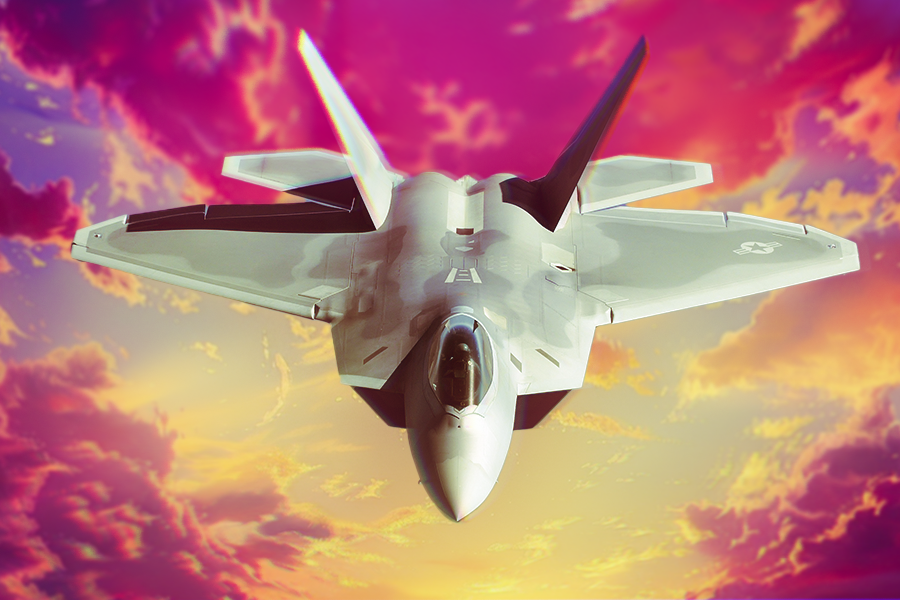
Related
Explained: The Strengths & Weaknesses Of The F-22 Raptor Fighter Jet
The Raptor’s incredible power and stealth make it the most dominant fighter on the planet, but its cost and obsolescing technology hold it back.
Focus on sixth-gen NGAD
The Air Force is now focusing on building its futuristic NGAD sixth-generation fighter that should come into service around 2030. NGAD is promising to be a quantum leap over existing aircraft and should be able to dominate the skies in the 2030s. The Air Force wants to divest its expensive F-22s and channel the resources into NGAD. The rationale is partly that the faster the Air Force divests expensive fifth-generation F-22s, the faster it can field much more capable sixth-generation NGADs.
Photo: USAF
“The F-22 cannot be matched by any known or projected fighter aircraft.” – US Air Force
Last year, the Air Force stated:
“To resource both F-22 modernization and NGAD, the Air Force maintains our FY23 position to divest the oldest and least capable F-22s (32 F-22 Block-20s).”
However, Congress does not agree and fears that it will create an intermediary capability gap in the late 2020s. Congress believes these older Block 20s are still useful and fears the Air Force would have a capability gap if they were to be retired.
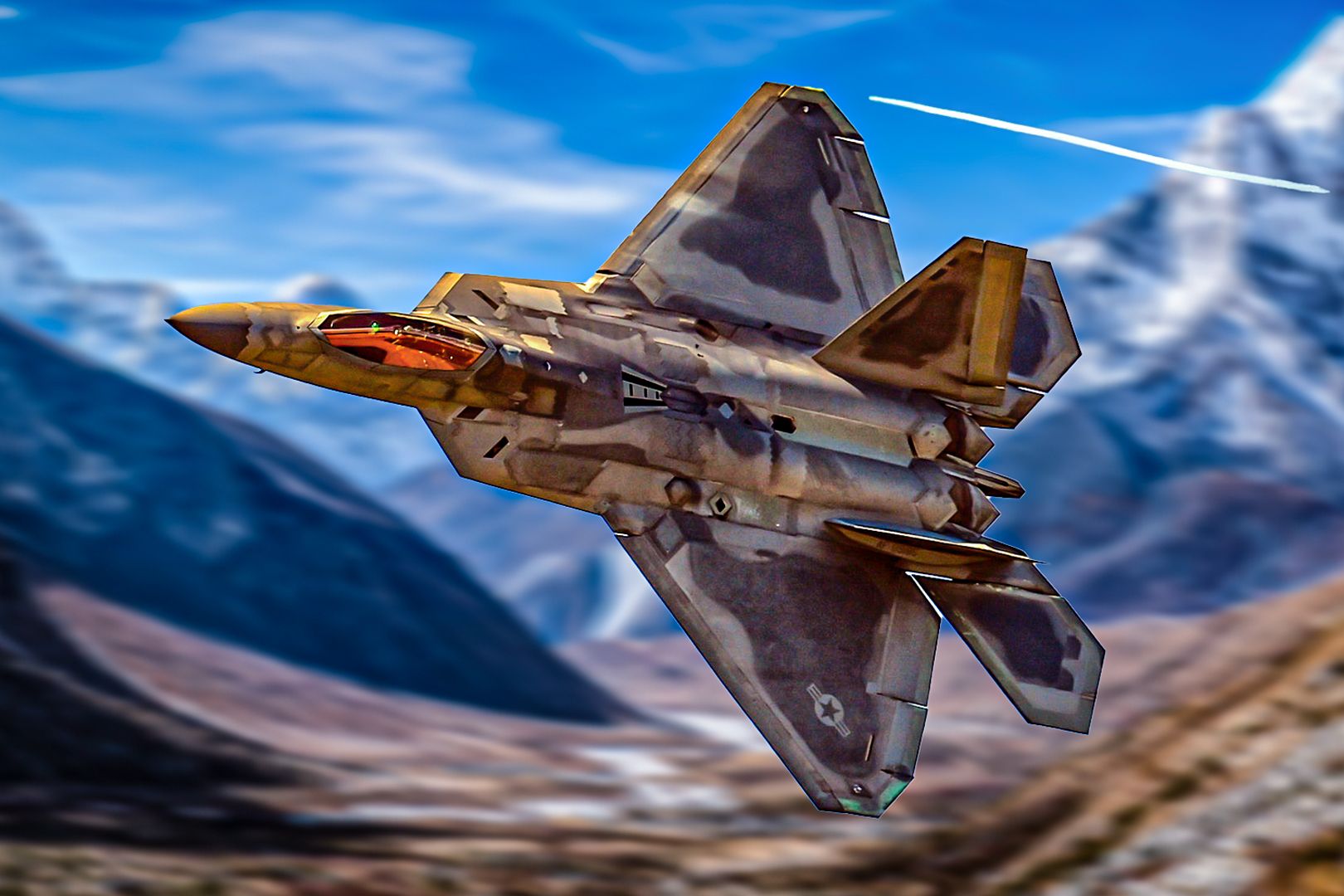
Related
3 Reasons Why The US Has Never Sold Its F-22 Raptor Fighter Jets To Allies
The US would rather keep the stealth technology close to home.
Remaining F-22 modernization
The Air Force continues to see its remaining fleet of 150 or so F-22s as central to its ability to project power (especially in the Pacific). The Air Force is looking to modernize its fleet of F-22 Raptors to ensure they maintain their overwhelming advantage in the air. “…it is imperative to modernize the F-22 to preserve its advantages while concurrently developing NGAD.”
Photo: USAF
In the 2024 Presentation to the Armed Services Committee, the Air Force stated that even with the requested Block 20s, three heavily modified F-22 Block-20s would be kept for testing. It is unclear if that remains the plan for Fiscal Year 2025. The idea would also likely be to cannibalize the rest of these aircraft as a source of spare parts to keep the more capable F-22 fleet in service.
|
F-22 Raptor by the numbers |
|
|---|---|
|
Total built: |
195 |
|
Production aircraft: |
187 |
|
Total in service: |
183 |
|
Number crashed: |
5 |
|
Number asked to be retired: |
32 |
|
Number planned for upgrades: |
140-150 |
FY 2024 planned modernization includes Rapid Prototyping and Rapid Fielding, Low Drag Tanks & Pylons, Electronic Protection, and GPS M-code programs. These modernizations aim to ensure the F-22 maintains its “first look, first shot, first kill” capabilities in highly contested environments. The upgrades will see the F-22s receive enhanced electronic warfare capabilities, long-awaited infrared search and track sensors, and other upgrades to stealth.
In 2022, The Warzone reported the House and Senate Armed Services Committee’s (HSASC) proposal had called not only for the Block 20s to be kept in service but also for them to be upgraded to the same standard as the combat-coded jets. The Warzone stated,
“The committee calls upon the service to bring all F-22s up at least ‘Block 30/35 mission systems, sensors, and weapon employment capabilities.'”
Photo: USAF
Time will tell what happens to the Block 20 F-22s. Maybe Congress will permit the Air Force to divest them in the next few years, or perhaps the Air Force will be compelled to upgrade them to a modern combat status.
Still the most advanced air superiority fighter
The F-22 was the first fifth-generation stealth fighter and was designed as a dedicated air superiority fighter. In its air-to-air configuration, Raptors carry six AIM120 AMRAAMs and two AIM– Sidewinders. However, this also means it is comparatively expensive, difficult to update, and difficult to use in other roles (unlike the more flexible F-35 platform).
|
F-22 Raptor Specifications |
|
|---|---|
|
Primary function: |
air dominance, multi-role fighter |
|
Power plant: |
2x Pratt & Whitney F119-PW-100 turbofan engines |
|
Length: |
62 feet 1 inches |
|
Wingspan: |
44 feet 6 inches |
|
Max takeoff weight: |
83,500 lbs |
|
Range: |
over 1,850 miles with two external wing fuel tanks |
|
Ceiling |
above 50,000 feet |
Ironically, the only air-to-air combat kill the F-22 has achieved is when an F-22 was used to pop a spy balloon over the United States in 2023.

